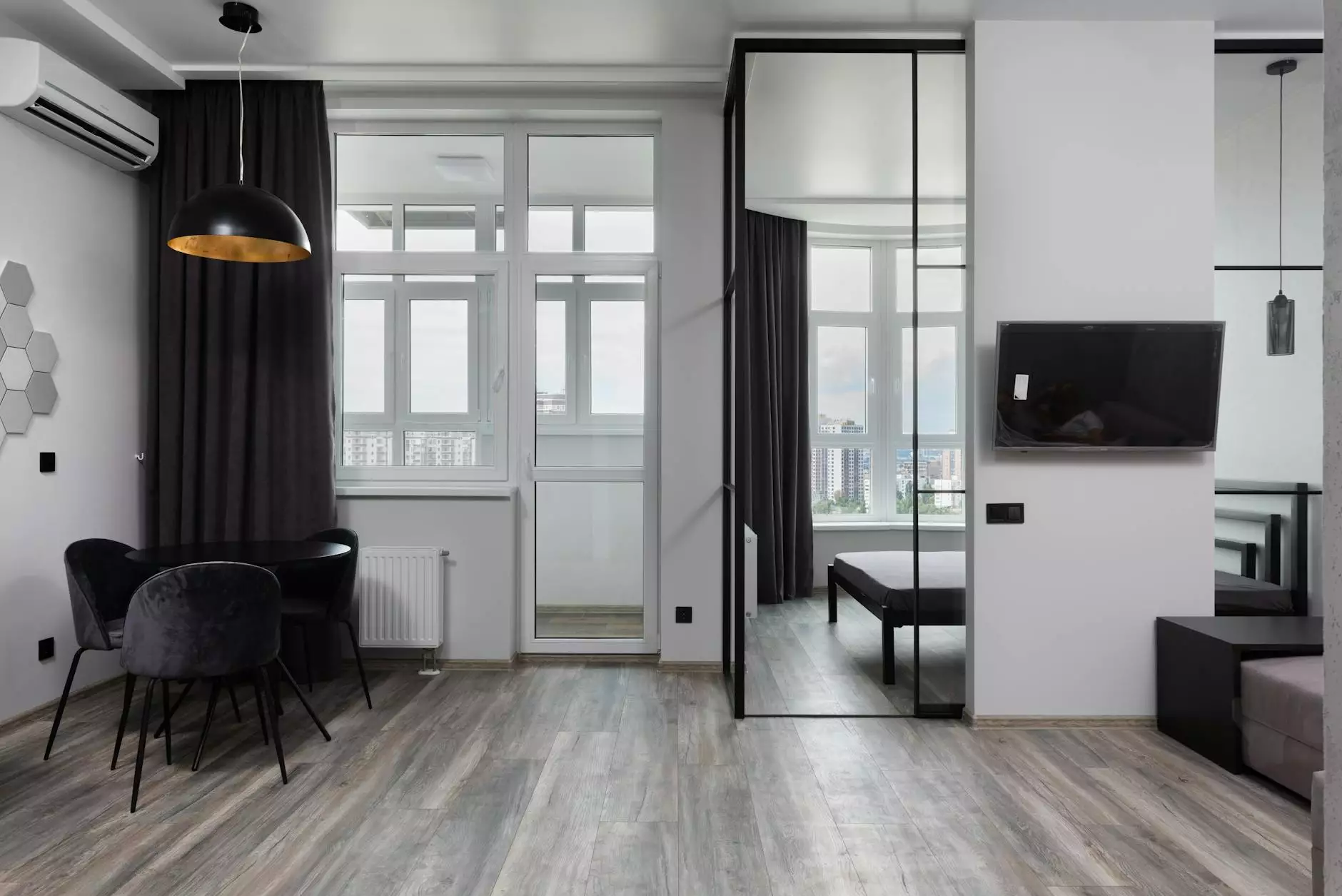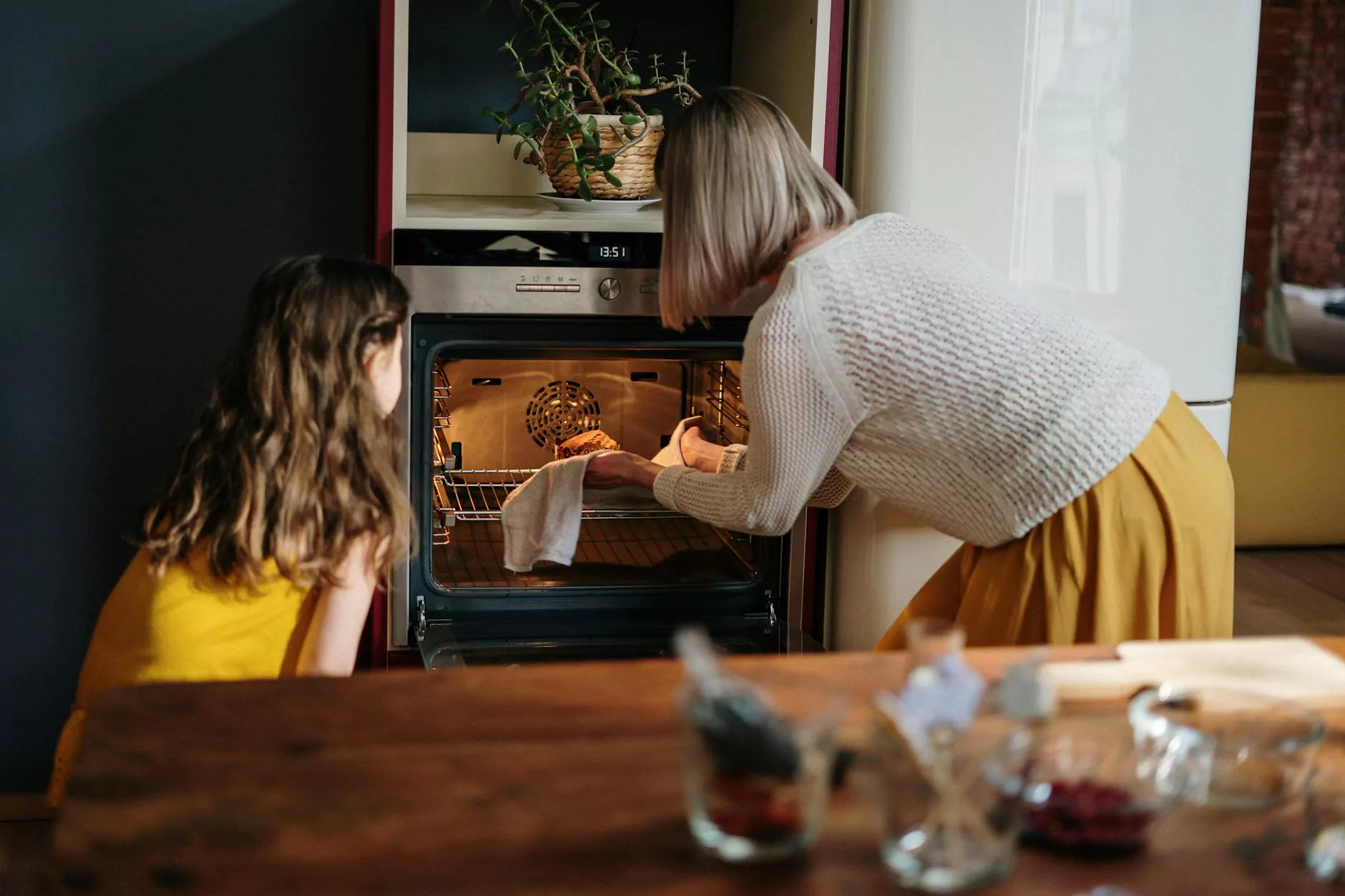Common Proven Thermostat Problems and its Cooling Effects

Welcome to Alfa Heating and Cooling, your trusted source of information on all things HVAC.
The Importance of a Properly Functioning Thermostat
Your thermostat plays a crucial role in maintaining a comfortable indoor temperature. It serves as the control center for your heating, ventilation, and air conditioning (HVAC) system. A malfunctioning thermostat can lead to various cooling issues, compromising your comfort and energy efficiency.
Identifying Common Thermostat Problems
1. Inaccurate Temperature Readings
A common thermostat problem is inaccurate temperature readings. When your thermostat fails to accurately measure and display the correct temperature, your cooling system may not function optimally. You may experience inconsistent cooling, with some areas of your home being cooler or warmer than desired.
2. Unresponsive Controls
If your thermostat fails to respond when you adjust the temperature settings, it may indicate a problem with the control mechanism. This can disrupt the proper functioning of your cooling system and prevent you from achieving the desired indoor comfort.
3. Short Cycling
Short cycling refers to the rapid on-off cycles of your cooling system. It can be caused by a malfunctioning thermostat that fails to maintain a consistent temperature. This can lead to excessive wear and tear on your HVAC equipment, affecting its overall performance and durability.
4. Overheating
If your thermostat fails to communicate effectively with your cooling system, it may result in overheating. An overheated system can lead to reduced cooling efficiency, elevated energy consumption, and potential damage to your HVAC components.
Solutions for Common Thermostat Problems
Fortunately, many thermostat problems can be resolved with proper troubleshooting or professional assistance. Here are some solutions to address common thermostat issues:
1. Calibration and Recalibration
If your thermostat is providing inaccurate temperature readings, it may need calibration. Consult your thermostat's user manual to understand the calibration process or seek assistance from a professional HVAC technician. Recalibrating your thermostat ensures accurate temperature measurement and proper cooling performance.
2. Battery Replacement
If your thermostat is unresponsive or showing signs of a weak battery, replace the batteries promptly. Weak batteries can affect the overall functionality of your thermostat, leading to cooling problems. Regular battery replacement is recommended to maintain optimal performance.
3. Thermostat Upgrade
If your thermostat is outdated or consistently causing cooling issues, consider upgrading to a programmable or smart thermostat. These advanced thermostats offer enhanced features, such as energy-saving modes, intuitive controls, and remote access, improving overall cooling efficiency and convenience.
4. Professional HVAC Inspection
If you're experiencing persistent thermostat problems or unable to diagnose the issue, it's recommended to schedule a professional HVAC inspection. A certified technician can assess your thermostat, identify underlying problems, and provide necessary repairs or replacements to restore optimal cooling performance.
Optimizing HVAC Efficiency for Optimal Cooling
In addition to addressing thermostat problems, optimizing your HVAC system can further enhance cooling effectiveness and efficiency:
1. Regular Maintenance
Schedule routine maintenance for your HVAC system to keep it in top condition. Regular inspections, cleaning, and tune-ups help identify potential issues early on, preventing major malfunctions and ensuring optimal cooling performance.
2. Air Filter Replacement
Change your air filters regularly to maintain proper airflow and prevent clogs. Clogged filters restrict airflow, making it harder for your cooling system to distribute cool air effectively. Clean and unrestricted airflow promotes better cooling efficiency.
3. Ductwork Inspection
Have your ductwork inspected for leaks, gaps, or obstructions. Poorly sealed or damaged ducts can result in cooled air escaping, reducing the overall efficiency of your cooling system. Properly sealed and functioning ducts ensure maximum airflow and cooling performance.
4. Complement Cooling with Shade
Reduce the cooling load on your HVAC system by utilizing shading techniques. Plant trees strategically around your home to provide shade to windows and outdoor units. Indoors, use shades, blinds, or curtains to block direct sunlight during the hottest parts of the day. Less heat gain translates to improved cooling efficiency.
5. Smart Temperature Management
Utilize programmable or smart thermostats to optimize temperature settings based on your occupancy patterns. By adjusting temperature settings when you're away or during nighttime hours, you can conserve energy and reduce unnecessary cooling cycles.
Conclusion
Don't let thermostat problems hinder your cooling comfort. Addressing common thermostat issues and optimizing HVAC efficiency can significantly enhance cooling effectiveness and energy savings. For professional assistance with thermostat troubleshooting or HVAC maintenance, trust Alfa Heating and Cooling, the experts in providing reliable heating and cooling solutions.










